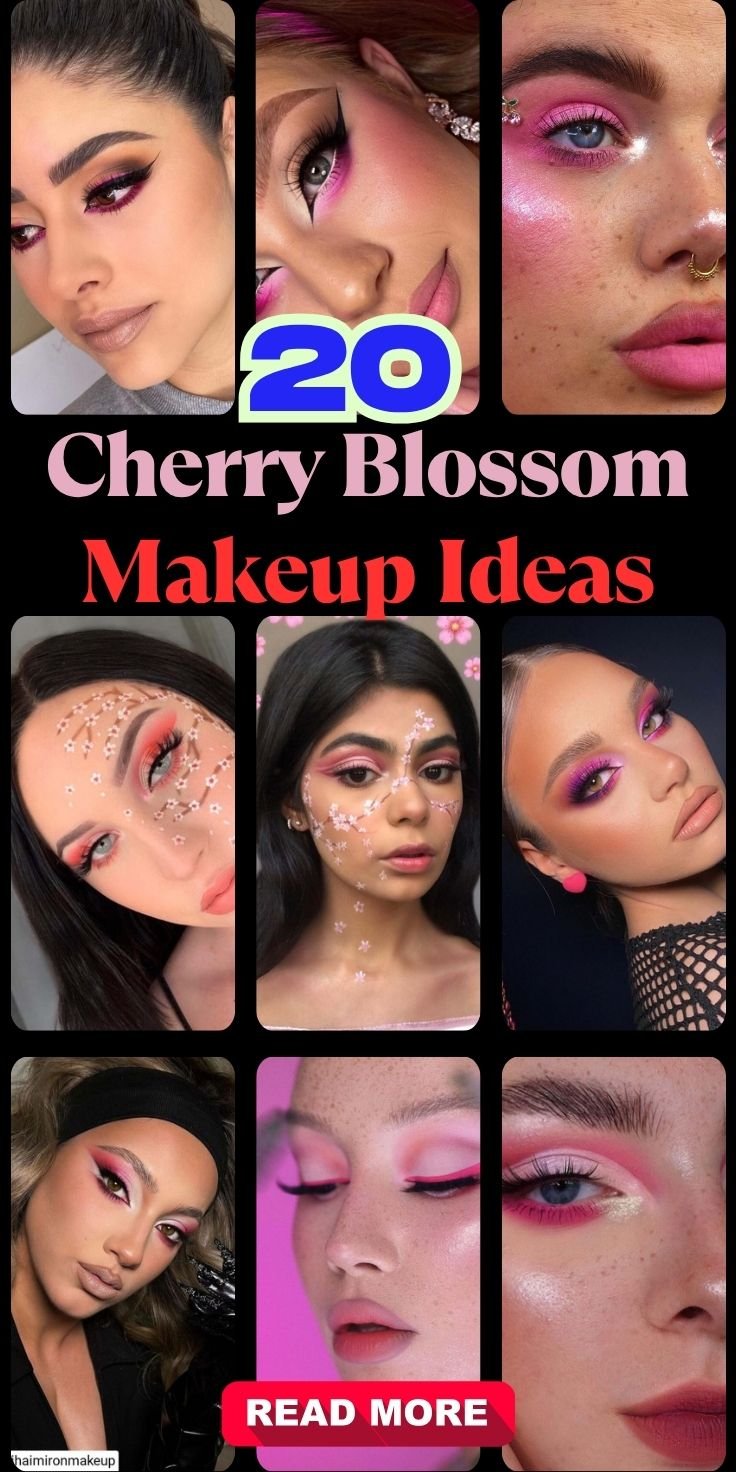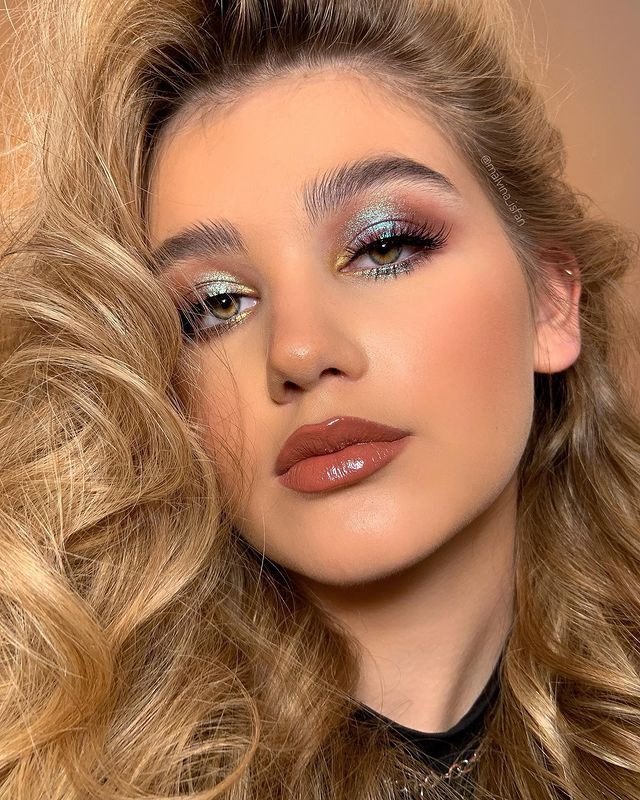For thousands of years, diamonds have been the jewel people have always been willing to risk it all for. Luckily, buying a diamond no longer involves epic-worthy adventures but there are still some perils involved when buying the right diamond.
Colorless diamonds abound and most people know more or less how to choose a great one, but colored diamonds are another story. In fact, many people will buy colored diamonds without even considering the certification and other important diamond qualities.

In this article, you will find everything you need to know and choose beautiful diamonds.
Let’s jump in!
Where Does the Color Come From?
Fancy colored diamonds like colorless diamonds occur naturally within nature. The exposure or pressure that surrounds the diamond as it is formed on a molecular level will impact its color. Unlike, a colorless diamond, where flaws affect the quality and price, for a fancy colored diamond inclusions are less of an issue and can actually enhance some colors.
Here are a few colored diamonds that are popular:
- Red - pressure and heat and ability to absorb the green light
- Purple - found in Siberia and Australia this color is created by a distortion in the crystal and the presence of hydrogen
- Blue - Boron helps to create this incredible color and they are found in South Africa and Australia
- Green - exposure to radiation which causes a reflection of green because they absorb red and yellow hue
- Yellow - diamonds are exposed to nitrogen and found primarily in Africa and Australia
- Pink - distortion in the lattice of the crystal and are found in Australia, Borneo, and Brazil
There are so many beautiful colored diamonds, from black, brown, and grey. Orange diamonds found in the Congo can also appear in a variety of shades.
How to Choose a High-Quality Diamond
Like a colorless diamond, the four C’s will be helpful for choosing a colored diamond as well. There are slight differences, however, in what you are looking for in a fancy colored diamond.
One of the most important “Cs” in diamond grading is the cut. This is especially important in the colored diamond. This is because the geometric proportions affect the sparkle and brilliance. When the diamond is polished the diamond is then further enhanced.
The cut is not the shape of the stone. A cut is a style used to form the stone itself. Every shape can have multiple cuts (more than one hundred!)

The cut also affects the depth which is directly related to the light and overall appearance of the jewel. In a colorless stone, you want the light to be condensed. In a colored stone, however, you want the light to remain as long as possible inside the stone’s facets so more color appears.
Diamond Shapes
Now that we know the difference choosing the right shape is important. They are brilliants, pears, radiant, cushions, and ovals. The most popular shape for a colored stone can vary but Princess and Marquis are magnificent.
Take Away
If you want to learn more about colored diamonds do your research and speak with trusted jewelers like Astteria.




